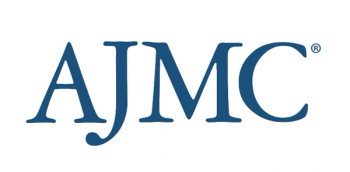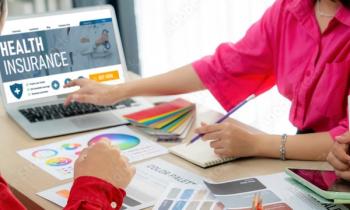
Health Care Cost
Latest News

Latest Videos

Podcasts
CME Content
More News

Adam Colborn, JD, associate vice president of congressional affairs at AMCP, shares insights on the impact of the Most Favored Nation drug pricing order when it comes to access, affordability, and innovations in US health care.

Medicare inflation rebates fail to curb rising drug prices, highlighting the need for further policy action to control costs.

Europe seizes leadership in global health as US funding cuts create disparities, HHS is sued by multiple medical groups, and new findings highlight gaps in care.

During the Reshaping Rx: Navigating 2025 Drug Pricing Policies webinar, panelists discussed the Most Favored Nation executive order, bills aimed at pharmacy benefit managers (PBMs), and other drug pricing policies.

A webinar held by KFF on July 9 emphasized the immediate effects of the new budget bill, highlighting the impacts on Medicaid and health spending in the next decade.

Families caring for individuals with Duchenne muscular dystrophy (DMD) face significant financial burdens from necessary home and vehicle modifications to enhance quality of life.

High-Risk Care Management Impact on Medicaid ACO Utilization and Spending
In Massachusetts’ largest Medicaid accountable care organization (ACO), high-risk care management significantly reduced spending, emergency department visits, and hospitalizations, demonstrating that targeted strategies can manage health care costs amid budget constraints.

Countries in sub-Saharan Africa could see thousands of deaths from HIV due to cuts to the US President’s Emergency Plan for AIDS Relief (PEPFAR), underscoring the necessity of reinstating the program.

Access to and affordability of immune checkpoint inhibitors, which can be lifesaving if patients receive them on time and under optimal circumstances, continue to top the list of reasons behind outcomes disparities for patients who have private insurance vs those who remain uninsured.

The market for artificial sweeteners has been projected to increase by almost 75% from 2025 through 2033, or from $3.11 billion to $5.44 billion.

In a webinar, panelists discuss Trump's 2025 drug pricing policies, focusing on the Most Favored Nation order, pharmacy benefit manager reform, and implications for manufacturers and patients.

From the impact of rising grocery prices to disparities in myeloma outcomes, check out news from the Center on Health Equity & Access this past week.

A new economic evaluation supports updating rheumatoid arthritis guidelines to favor biosimilar disease-modifying antirheumatic drugs over leflunomide after methotrexate failure.

Revumenib, an oral targeted therapy for rare leukemias, is projected to be cost-neutral for health plans over 3 years, primarily due to lower administration costs and improved patient quality of life, said Ivo Abraham, PhD, RN, of The University of Arizona.

The decision by the Supreme Court has major implications on which preventive services are required to be covered by insurance companies under the Affordable Care Act.

Revumenib for relapsed/refractory acute leukemias with KMT2A translocation is cost-neutral for health plans, but traditional methods of analysis may not be accurate for rare diseases, said Ivo Abraham, PhD, RN, of The University of Arizona.

Data from 2019 to 2023 show 9.2% of adults with obesity reported cost-related medication adherence.

Up to 257 million Americans could benefit from these prior authorization reforms that could have cross-market implications on health care plans administered through commercial insurers, Medicare Advantage, and Medicaid.

Widespread noncompliance with federal cost-sharing rules exists, particularly impacting Medicare beneficiaries and patient-preferred prep options, study finds.

The recent FDA approval of lenacapavir is encouraging in its promise of long-term HIV prevention but might not be available for the vast majority of people in the US.

It's a critical time to spotlight the dire health disparities affecting Black Americans, from premature deaths to maternal care, and the urgent need for systemic reforms.

Discontinuing the weight loss treatment before hitting the recommended maintenance dose contributes to low-value care despite provider follow-up and efforts to manage side effects, says Hamlet Gasoyan, PhD, Cleveland Clinic.

The FDA approval marks the first approval of a type of pre-exposure prophylaxis that would only require 2 treatments per year.

Pharmacists are being asked to not only manage medications and side effects but also be fiscally responsible for the whole institution and its trickle-down effect on costs, said David Awad, PharmD, BCOP, of Robert Wood Johnson University Hospital.

The country has seen historic reductions in uninsured rates and improvements in affordability since the implementation of the Affordable Care Act, the Commonwealth Fund scorecard shows.























































